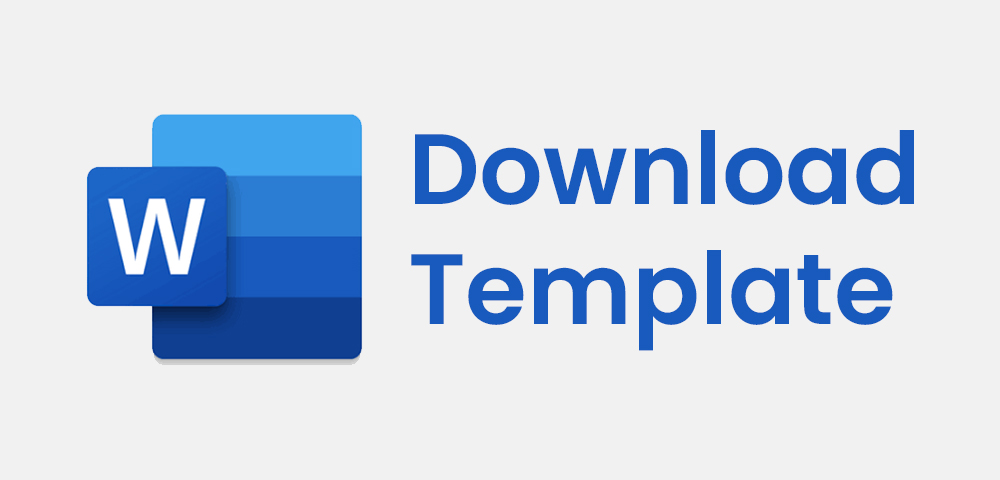طريقة التعلم المقلوب في تعليم اللغة العربية (دراسة وصفية عن تطبيقه في المدرسة المتوسطة مفتاح القلوب باميكاسان)
Abstract
Learning Arabic cannot be looked at as trivial, not as easy as imagined, learning Arabic requires innovative creative methods and strategies to improve students' abilities and make the class fun and not boring. Flipped classroom is a learning strategy that is present as a post-pandemic solution for the Covid-19 pandemic that combines online and offline learning, Flipped classroom is a method that can be said to be new, with the development of technology making this method increasingly attractive to most teachers, this method requires students to study first before entering the learning process in class. The purpose of this study is to describe the application of the flip classroom method at Miftahul Qulub Middle School, this type of research is qualitative using descriptive analytical methods, while the methods used in data collection are observation and interviews. The results of this study state that the implementation of the flipped classroom is divided into two, namely the pre-class stage and the class stage.
Full Text:
PDFReferences
Bonwell, Charles C, and James A Eison. Active Learning: Creating Excitement in the Classroom. 1991 ASHE-ERIC Higher Education Reports. ERIC, 1991.
Cheng, Yung-hsun, and Chia-wen Weng. “Factors Influence the Digital Media Teaching of Primary School Teachers in a Flipped Class: A Taiwan Case Study.” South African Journal of Education 37, no. 1 (2017): 1–12.
Clarisa, Gabriela, Agus Danawan, Muslim Muslim, and Agus Fany Chandra Wijaya. “Penerapan Flipped Classroom Dalam Konteks ESD Untuk Meningkatkan Kemampuan Kognitif Dan Membangun Sustainability Awareness Siswa.” Journal of Natural Science and Integration 3, no. 1 (2020): 13.
Cortese, Anthony D. “The Critical Role of Higher Education in Creating a Sustainable Future.” Planning for higher education 31, no. 3 (2003): 15–22.
Creswell, John W. “Penelitian Kualitatif & Desain Riset.” Yogyakarta: pustaka pelajar (2015).
Fadoli, Ach, Hilwa Wafin Nur, Riki Alfian, and Sri Wahyuningsih. “المدخل الإنساني من منظور أبراهم مسلو وجرل روجرز وتطبيقه في تعليم اللغة العربية.” AL-AF’IDAH: Jurnal Pendidikan Bahasa Arab dan Pengajarannya 7, no. 1 (2023): 204–221.
Fathuddin, Ahmad Ubaedi. “Manhaj Taâlum Al-Lugah Al-Arabiyyah Fi Al-Maâhid Al-Salafiyyah (Dirasah Taqwimiyyah Min Mandzuri Manhaj Ta’limil Al-Lugah Al-Arabiyyah Li Ghairi Natiqina Bi Gairiha).” Alsinatuna 6, no. 2 (2021): 204–216.
Fulton, Kathleen. “Upside down and inside out: Flip Your Classroom to Improve Student Learning.” Learning & Leading with Technology 39, no. 8 (2012): 12–17.
Huereca, Karla. High School Mathematics Teachers’ Connective Knowledge of the Challenges and Possibilities in Implementing the Flipped Learning Model: An Embedded Mixed-Methods Study. The University of Texas at El Paso, 2015.
Jeong, Jin Su, David González-Gómez, and Florentina Cañada-Cañada. “Students’ Perceptions and Emotions toward Learning in a Flipped General Science Classroom.” Journal of Science Education and Technology 25 (2016): 747–758.
L, Susanti, and Hamama Pitra. “Flipped Classroom Sebagai Strategi Pembelajaran Pada Era Digital.” Health & Medical Journal 1(2) (2019): 54–58.
Mahmudah, Siti. “Media Pembelajaran Bahasa Arab.” An Nabighoh 20, no. 01 (2018): 129–138.
O’Flaherty, Jacqueline, and Craig Phillips. “The Use of Flipped Classrooms in Higher Education: A Scoping Review.” The internet and higher education 25 (2015): 85–95.
Ozdamli, Fezile, and Gulsum Asiksoy. “Flipped Classroom Approach.” World Journal on Educational Technology: Current Issues 8, no. 2 (2016): 98–105.
Permatasari, Besse Intan, and Maria Theresia Ferdinanda Agustiani Muda. “Penerapan Flipped Classroom Sebagai Solusi Pembelajaran Di Masa Pandemi Covid-19 Di Smp Negeri 22 Balikpapan.” Kompetensi 14, no. 2 (2021): 113–116.
Roehl, Amy, Shweta Linga Reddy, and Gayla Jett Shannon. “The Flipped Classroom: An Opportunity to Engage Millennial Students through Active Learning Strategies.” Journal of Family & Consumer Sciences 105, no. 2 (2013): 44–49.
Talbert, Robert. Flipped Learning: A Guide for Higher Education Faculty. Stylus Publishing, LLC, 2017.
Ubaidillah, Muhammad. “Penerapan Flipped Classroom Berbasis Teknologi Informasi Pada Mata Pelajaran Fiqih Di MTs Al-Chusnaniyah Surabaya.” Islamika : Jurnal Ilmu-Ilmu Keislaman 19, no. 01 (2019): 34–45.
Vaughan, Michelle. “Flipping the Learning: An Investigation into the Use of the Flipped Classroom Model in an Introductory Teaching Course.” Education Research and Perspectives 41 (2014): 25–41.
Wals, Arjen E J, and Bob Jickling. “‘Sustainability’ in Higher Education: From Doublethink and Newspeak to Critical Thinking and Meaningful Learning.” International Journal of Sustainability in Higher Education 3, no. 3 (2002): 221–232.
Zainuddin, Zamzami, and Siti Hajar Halili. “Flipped Classroom Research and Trends from Different Fields of Study.” International review of research in open and distributed learning 17, no. 3 (2016): 313–340.
DOI: http://dx.doi.org/10.30821/ihya.v9i1.16999
Refbacks
- There are currently no refbacks.
Diindeks oleh:
Jurnal Ihya Al-Arabiyah © 2015 by UIN Sumatera Utara is licensed under CC Attribution 4.0 International










